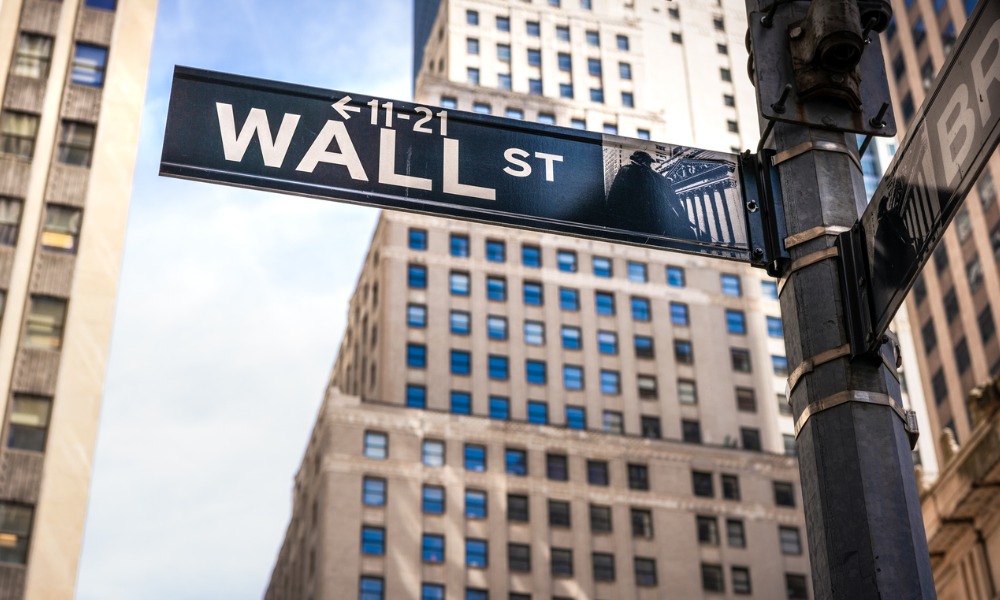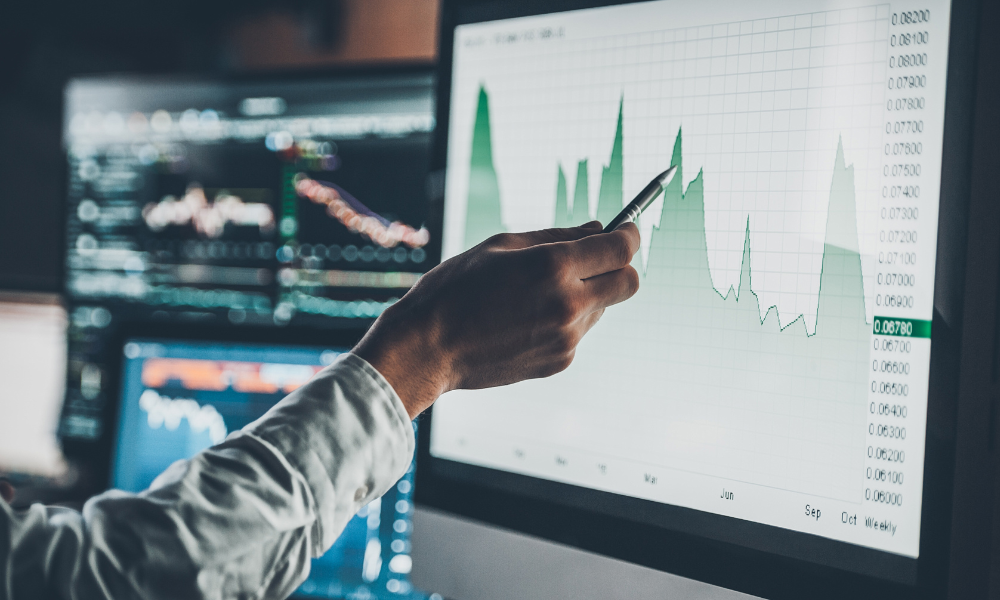Inflation pressures ease as US consumer prices remain flat, sparking potential for rate cuts

A measure of prices closely tracked by the Federal Reserve suggests that inflation pressures in the US economy continue to ease, according to The Canadian Press.
Friday's Commerce Department report showed consumer prices remained flat from April to May, marking the mildest performance in over four years. From a year earlier, prices rose 2.6 percent in May, slightly less than in April.
Excluding volatile food and energy prices, core inflation rose 0.1 percent from April to May, the smallest increase since the spring of 2020 when the pandemic shut down the economy. Compared with a year earlier, core prices increased 2.6 percent in May, the lowest rise in over three years.
Prices for physical goods fell 0.4 percent from April to May. Gasoline prices dropped 3.4 percent, furniture prices fell 1 percent, and recreational goods and vehicles saw a 1.6 percent decline. On the other hand, prices for services, such as restaurant meals and airline fares, increased by 0.2 percent.
The latest figures will likely please the Fed's policymakers, who seek confidence that inflation is slowing towards their 2 percent target before cutting interest rates. Economists predict rate cuts by the Fed could start in September, leading to lower borrowing rates for consumers and businesses.
“If the trend we saw this month continues consistently for another two months, the Fed may finally have the confidence necessary for a rate cut in September,” wrote Olu Sonola, head of US economic research at Fitch Ratings, in a research note.
The Fed raised its benchmark rate 11 times in 2022 and 2023 to curb the worst inflation streak in four decades. While inflation cooled significantly from its 2022 peak, average prices remain well above pre-pandemic levels, frustrating many Americans and posing a potential threat to President Joe Biden's re-election bid.
During Thursday night's presidential debate, Donald Trump criticized Biden's handling of inflation, asserting that prices “blew up under his leadership.”
Although inflation was low at the start of Biden's presidency, this was largely due to the nation's recovery from the COVID recession, which had flattened the economy. Once the economy began rebounding rapidly, severe shortages of goods and labour caused inflation to soar.
Friday’s price figures added to signs of easing inflation pressures, though at a slower pace than last year.
The Fed favours the personal consumption expenditures price index (PCE) over the consumer price index (CPI). The PCE index accounts for changes in shopping behaviour when inflation jumps, such as switching from expensive national brands to cheaper store brands.
Like the PCE index, the latest CPI showed inflation easing in May for a second consecutive month, reinforcing hopes that the early-year price acceleration has passed.
Higher borrowing costs from the Fed’s rate hikes, which pushed its key rate to a 23-year high, were expected to trigger a recession. Instead, the economy continued growing, and employers kept hiring.
Recently, however, the economy's momentum has waned, with higher rates weakening some consumers' ability to spend freely.
On Thursday, the government reported that the economy expanded at a 1.4 percent annual pace from January through March, marking the slowest quarterly growth since 2022. Consumer spending, the main economic driver, grew at a modest 1.5 percent annual rate.
Friday's report also indicated that consumer spending and incomes both increased in May, showing encouraging signs for the economy.
Adjusted for inflation, consumer spending rose 0.3 percent last month after a 0.1 percent drop in April. After-tax income, also adjusted for inflation, increased by 0.5 percent, the biggest gain since September 2020.



